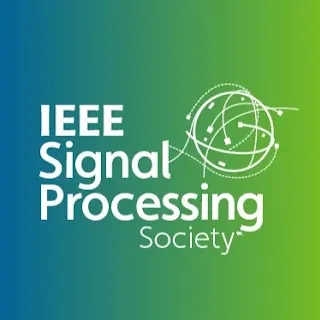RSB-Pose: Robust Short-Baseline Binocular 3D Human Pose Estimation With Occlusion Handling
In the domain of 3D Human Pose Estimation, which finds widespread daily applications, the requirement for convenient acquisition equipment continues to grow. To satisfy this demand, we focus on a short-baseline binocular setup that offers both portability and a geometric measurement capability that significantly reduces depth ambiguity.
